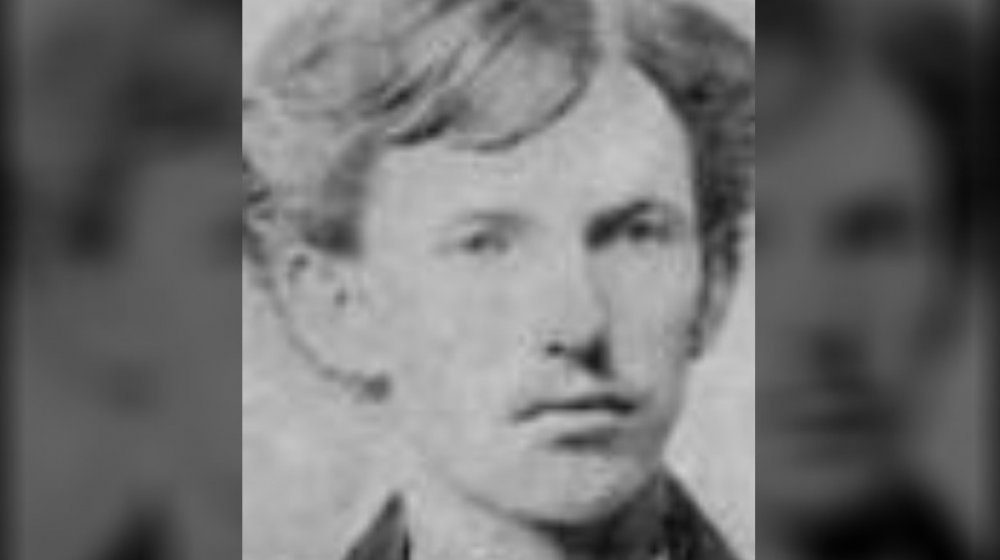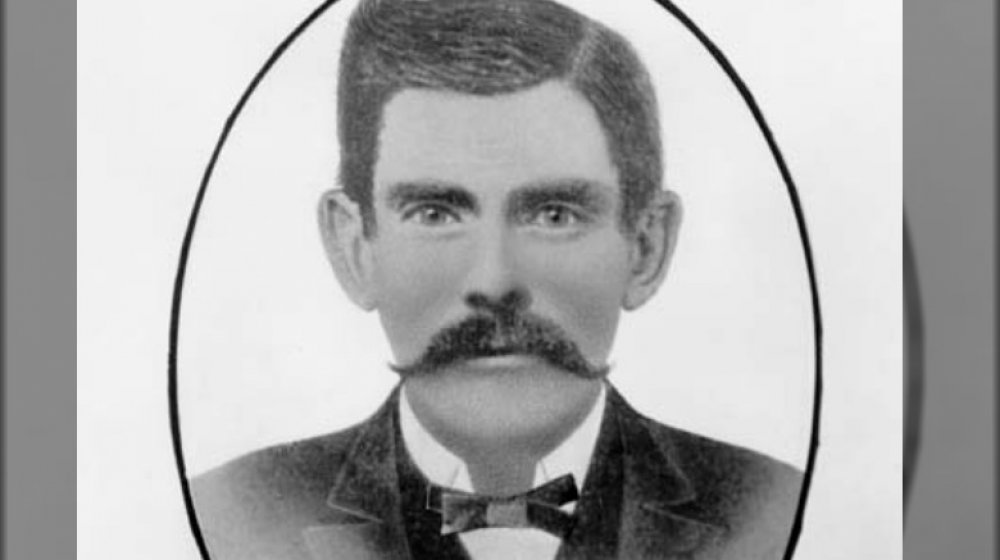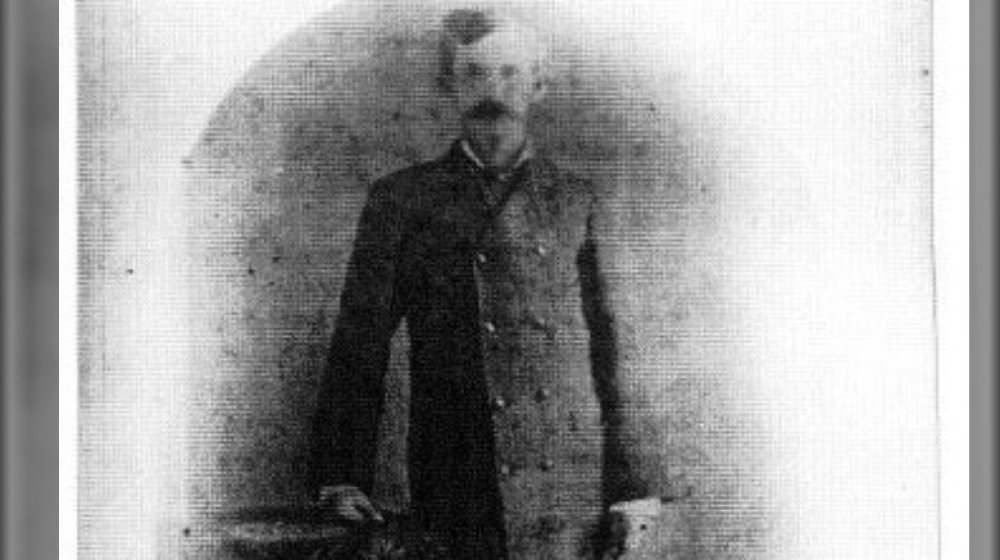The Truth About Doc Holliday's Medical Credentials
Back in 1956, Nelson Algren's A Walk on the Wild Side offered advice that has never grown old, to wit: "Never play cards with a man called Doc. Never eat at a place called Mom's. Never sleep with a woman whose troubles are worse than your own." It's the first part that concerns us today. Because a card player named Doc usually wasn't a moonlighting member of the medical profession. Usually a player named Doc was someone who could "doctor" a game to their advantage — you know: cheating. According to True West Magazine, there were even companies in the 19th Century that advertised things like marked decks, so a player who knew the code could read the other player's cards just from the backs. And that company was called Doctor Cross & Co. of New Orleans.
Or did the advice originate with Doc Holliday, the "deadly dentist" of Tombstone, Arizona? Was he just another card cheat who had a moment of courage (or recklessness) and stood with Wyatt Earp and his brothers Virgil and Morgan against the cowboys during that famous street fight near the O.K. Corral in 1881?
At first, he practiced dentistry as he moved West for his health
John Henry Holliday was a son of Georgia, born August 14, 1851, in Griffin, as Biography tells us. Even his infancy was distinguished; he was born with a cleft palate, and survived a groundbreaking surgical procedure to correct it. Like many young people of the times, he'd received the basics of schooling at home from his mother, but later he took a classical education at the Valdosta Institute — mathematics, Latin, composition, science, and other classes, according to Doc Holliday: The Life and the Legend by Dr. Gary L. Roberts. It prepared him for an important move, both personally and geographically: In October 1870, Holliday began studies at the Pennsylvania College of Dental Surgery in Philadelphia.
By all accounts, Holliday was a superb student. Classes were six days a week, a mix of rigorous academics and practical application. After the first year of classes he returned to Valdosta to work with a practicing dentist there for eight months, then headed back to Philadelphia to complete his studies. (True: it took much less time to become a dentist in those days.)
Tuberculosis robbed him of more than years
He wrote a successful thesis on "Diseases of the Teeth" and was prepared to graduate on March 1, 1872. There was a problem, though not with his qualifications; it was his age: the soon-to-be Doctor Holliday was too young by five months to be licensed to practice dentistry — you had to be at least 21 then, and he wasn't. He joined a classmate who opened a practice in St. Louis, then moved back to Georgia, practicing in Atlanta for a time. By the mid-1870s, however, Holliday was diagnosed with consumption — tuberculosis, for which there was no effective treatment in those days. The best he could do was buy himself time — it was believed the drier climate of the West was helpful. He wandered — Texas, Colorado, New Mexico, Arizona, and back again, following the gambling circuit, sometimes trying to establish a dental practice, but more and more frequently earning his living gambling. His last attempt at practicing dentistry was in Las Vegas, New Mexico, in the late 1870s.
He was slightly wounded during the O.K. Corral fight, and seriously wounded on another occasion, but Doctor Holliday wasn't killed in a gunfight, or even in a saloon brawl. He died of tuberculosis at the age of 36 in Glenwood Springs, Colorado, on November 8, 1887, according to History. No one is quite sure where his grave is located.


